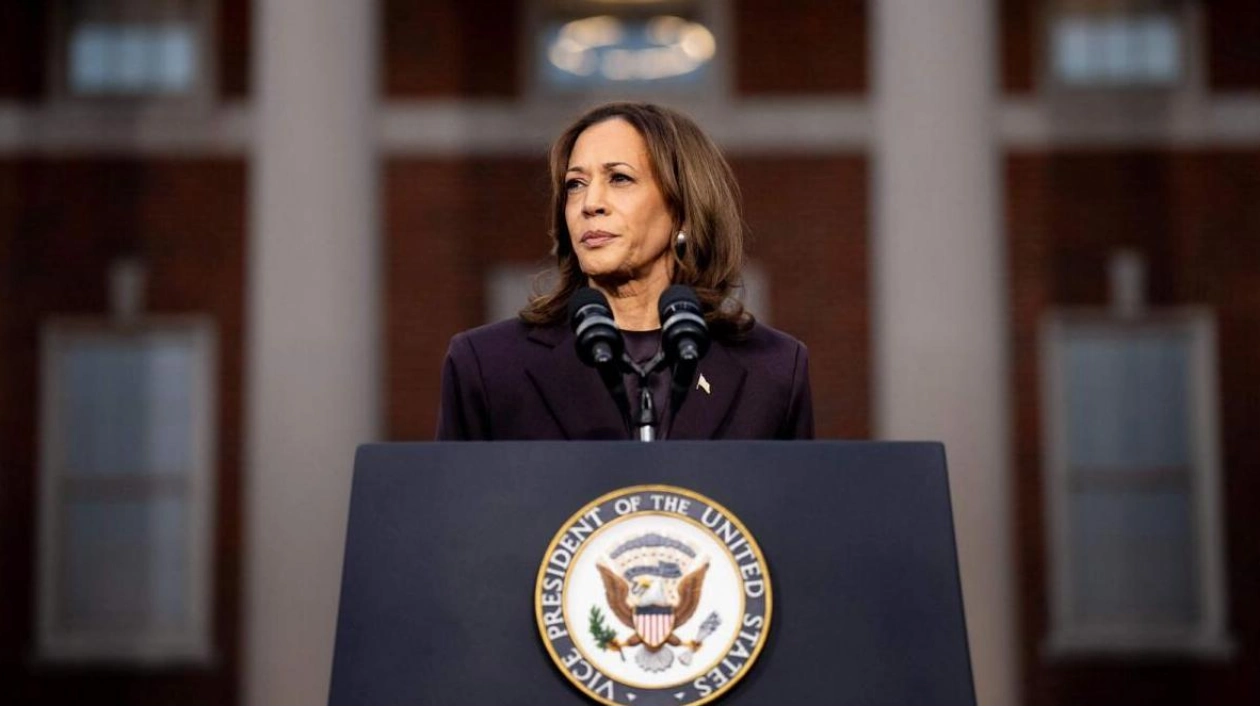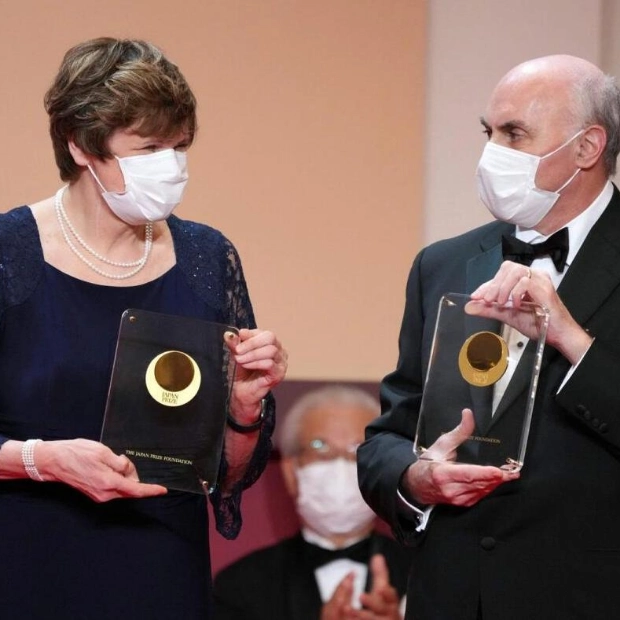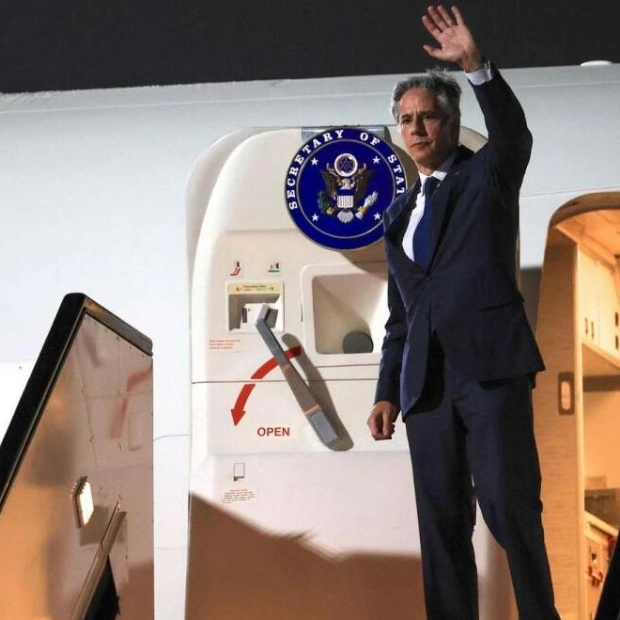Photo: AFP
In a September meeting with one of America’s most powerful unions at its Washington headquarters, Vice President Kamala Harris pledged to safeguard union jobs and workers’ livelihoods more effectively than Donald Trump. However, leaders of the International Brotherhood of Teamsters, traditionally strong allies of the Democratic Party, seemed unimpressed. When Harris argued that her Republican opponent was not a friend of the working class, the union bosses challenged her, questioning whether she and President Joe Biden had done enough for union workers, according to a Teamster leader who recounted the September 16 meeting to Reuters. Shortly after, the union publicly distanced itself from Harris by declining to endorse a Democratic presidential candidate for the first time since 1996.
Following Harris' defeat in the 2024 presidential election, her contentious interaction with union leaders highlights a significant campaign failure: connecting with working-class voters concerned about the economy and rising prices. After Biden’s abrupt withdrawal just months before Election Day, Harris hastily assembled her campaign, likened to constructing an airplane while in flight, according to her advisers. The 60-year-old former prosecutor and US senator focused on portraying Trump as a threat to democracy and women’s rights, while advocating for a populist economic platform and reproductive freedoms. Her entry into the race disrupted a contest that her party was expected to lose. She made history as the first woman of color at the top of a major party ticket, sparking a surge in enthusiasm, breaking fundraising records, and earning endorsements from celebrities like Taylor Swift and Arnold Schwarzenegger.
However, Harris’ campaign ultimately faltered due to deep-seated voter concerns about inflation and immigration, issues that polls indicated favored Trump. Her loss reflects a profound shift in American politics over the past decade, with blue-collar voters increasingly leaning Republican, a trend Trump appears to have accelerated. Harris also struggled to counter the unprecedented wave of misinformation during the Trump era, with false claims about her record spread by the former president and amplified on right-wing media.
By late Wednesday, Trump had secured 294 electoral votes to Harris’ 223, with several states still to be counted. In her concession speech, Harris encouraged supporters, many in tears, not to lose hope. “Sometimes the fight takes a while. That doesn't mean we won't win,” she said. This account of Harris' loss is based on interviews with her campaign staff, White House officials, Democratic Party advisors, and close allies. The US has only elected one non-white male president, Barack Obama, in 2008 and 2012. As the daughter of an Indian mother and Jamaican father, Harris had risen higher in the country’s leadership than any other woman.
The only other woman to come close to her achievement, Hillary Clinton, was defeated by Trump in 2016. After Clinton’s loss, Harris avoided centering her identity in her campaign, focusing instead on issues important to women and Black voters, such as abortion rights and middle-class tax cuts. However, these messages struggled to resonate amid rising consumer prices during the first three years of the Biden administration. “Despite strong economic growth, especially after a major global pandemic, most Americans weren’t feeling like they were getting ahead economically,” said Melissa Deckman, a political scientist and CEO of Public Religion Research Institute.
Democrats quickly rallied behind Harris, securing her party’s nomination within two weeks, excited by her potential to challenge Trump’s generational argument. Despite concerns among some White House aides about her political skills, Harris revitalized the Democratic campaign, attracting record funding and support. She moved ahead of Trump in polls, sparking enthusiasm among voters, particularly women. Harris aced her first major test, a September 10 televised debate against Trump, where she effectively challenged him on various issues.
However, as the race tightened in October, polls indicated a toss-up, alarming Democratic strategists. They focused on shoring up the Blue Wall of Democratic states: Michigan, Pennsylvania, and Wisconsin. In the final stretch, Muslim and Arab-American voters in Michigan expressed disappointment with Harris’ lack of distance from Biden’s support of Israel during the Gaza war. Trump aggressively courted these voters, many of whom planned to sit out the election or vote Republican.
Economic threats, particularly inflation, posed the greatest challenge to Harris’ campaign. Despite a robust economic recovery from the pandemic, rising housing and food costs frustrated voters, overshadowing a strong job market. In the final weeks, Harris’ momentum stalled, with polls showing her lead over Trump narrowing. By mid-October, the race was a dead heat in crucial states. A pronounced gap in polling between men and women emerged, with Harris gaining ground with white women but Trump boosting his advantage with men.
In the end, not enough voters believed Harris’ promises to protect hard-working Americans. Exit polls showed Democrat Kamala Harris facing Republican Donald Trump in the US presidential election, with both candidates staking positions on issues including abortion, the economy, and foreign policy.
Source link: https://www.khaleejtimes.com






